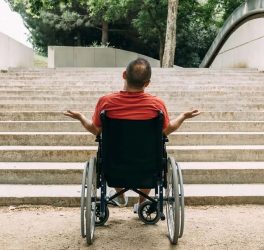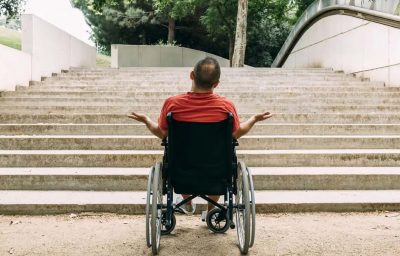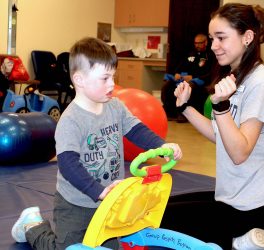The Minnesota Department of Natural Resources is seeking input on how it can improve access to wildlife management areas (WMAs) for people with disabilities.
Anyone interested in improving access to wildlife management areas (WMAs) for people with disabilities can share their ideas online with the Minnesota Department of Natural Resources.
“We want to hear how we can improve recreational opportunities and reduce barriers on WMAs,” said David Trauba, southern region wildlife manager. “Public lands are for all Minnesotans, including those with disabilities.”
The DNR will use the input to shape recommendations the agency will make to the Minnesota Legislature in February about increasing accessibility to WMAs. The DNR continues to work closely with the Minnesota Council on Disability and others to identify ways to increase access to the state wildlife lands. Legislation championed by Rep. Dan Fabian and signed into law by Gov. Tim Walz this year requires the DNR to make it easier for people with disabilities to access WMAs and publicize access opportunities.
The DNR manages a system of 1.3 million acres of land in about 1,500 WMAs. This land is open to everyone for a variety of outdoor activities, including hunting and trapping, fishing, wildlife watching and nature photography.
Ways to access WMAs Most parts of WMAs are closed to motorized access, but people with mobility disabilities can use “other power-driven mobility devices” (OPDMDs) on WMAs with a permit. More information about applying for and using OPDMD permits on WMAs and other DNR-administered land is available on the DNR website. The best way for people to begin the process of obtaining a permit to use an OPDMD on a WMA is to contact the area wildlife office in the county where the WMA is located.
Using OPDMDs is only one way to access WMAs. People can search for wheelchair accessible WMAs by using the WMA Finder on the DNR website. This search will direct users to WMAs with infrastructure like hunting blinds or trails with grades and surfaces accessible using a wheelchair. In addition, each year the DNR administers 16 special hunts for people with disabilities.
People can share their input until Friday, Jan. 22, on the DNR’s community engagement page.








